LiNing Axforce 90 Max: Tiger and Dragon Badminton Racket Review
- CKYew
- Sep 19, 2022
- 7 min read
Updated: Oct 4, 2022
The Axforce 90 Max Tiger and Dragon are two of LiNing’s major flagship badminton racket released in 2022. Ever since it was announced in May, there has been a lot of interest from badminton players, and I have received many requests on my Youtube channel to review these 2 head heavy badminton rackets, not only because they are currently one of the most expensive rackets in the market, but also because of its interesting Tiger and Dragon model variations.

Before I start my review, I would like to thank Sunlight Sports for sending me these test rackets. For those of you who go to Li Ning Studio to buy your LiNing badminton kit, you can now use my discount code “CKYEW” for an additional discount!
The Axforce series is LiNing’s latest flagship attacking series rackets. For the Axforce 90 Max, LiNing has produced two variations --- the Axforce 90 Max Tiger and the Axforce 90 Max Dragon, both are creatures that represent strength in many Asian cultures. Now, it is not unusual for racket manufacturers to produce colour variations for a particular racket model. However, for the Axforce 90 Max, not only the design and colour schemes are different between the Tiger and the Dragon, but their specs are also different.
As usual, I'll start with the exterior design.
Both the Tiger and the Dragon come in a pearlescent, matte finish, but whilst the Tiger has a bright coral and blue colour combination, the Dragon has significantly more cool blue colour tones. The Tiger has an amazing tiger design and the word "tiger" in Mandarin on its shaft; whilst on the Dragon, has a cool dragon design and the word "dragon" in Mandarin. Both rackets have a shiny "AXFORCE" at the 8 o'clock section of the frame with some red and blue streaks running through them. You can also feel the decals if you run your fingers through the racket frame and shaft.
Frame-wise, both the Tiger and the Dragon's frames are pretty thin at 9.7mm with fully recessed frame profiles, in contrast to the Axforce 80 which only has a top-half recessed frame profile. Frame heights for both rackets stood at 24cm with a slightly thinner width at 18.3cm.
Interestingly, I noticed that LiNing also used bigger grommets on the Tiger and Dragon compared to their other rackets. If you watched my earlier reviews, you would know that I’m a fan of LiNing’s high-quality grommets that has their logo etched on each of them. For the Tiger and the Dragon, LiNing used a wider grommet on their frames, between the 7 to 11 o'clock region and between the 1 to 5 o'clock region. Using bigger grommets is not something new, as we saw Yonex implementing this design philosophy on the Astrox 88S Pro, Astrox 88D Pro and the Astrox 99 series. Nonetheless, it is still interesting to see how bigger grommets can potentially influence a racket's playing performance. More on playing performance later.
The Axforce 90 Max rackets also have the thinnest shaft I've ever come across in a LiNing racket at 6.2mm in diametre (although I measured 6.4 mm with a slight taper to 6.3mm closer to the T-joint). The only other racket I have reviewed that has a 6.3mm shaft diametre is the Yonex Astrox 100ZZ, which I believe is the target competitor of the Tiger and the Dragon.
As I've mentioned earlier, the Tiger and the Dragon are slightly different in terms of specs. Li Ning classifies the Tiger as a "middle flexible" racket, and the Dragon as a "hard flexible" racket in terms of shaft stiffness. In terms of shaft length, the Tiger has a shaft length of 21cm, whilst the Dragon is half a cm shorter at 20.5cm giving it additional stiffness compared to the Tiger.
The Tiger also has a handle length of 17.5cm, and the Dragon of 18cm (slightly longer to compensate for the short shaft I suppose). Both my test rackets were in 4UG5 and I especially like that Li Ning displays the racket specs on the racket cones for easy viewing.
For my test, I strung the rackets with my usual Aerobite at 27 lbs by 29 lbs, noting that both rackets are capable of withstanding up to 30 lbs of string tension.
Now let's get to the important bit --- how do the Tiger and the Dragon feel and play? Well, to be honest, I had a really tough time playing with both of them. At one point, I thought maybe it was me having a bad day on the court, but when I swapped over to other rackets, I played fine. Furthermore, I had the same feeling and experience over multiple games and training sessions so I can be pretty confident in saying that the Axforce 90 Max, both the Tiger and the Dragon, are not easy rackets to play with.
First of all, both the Tiger and the Dragon are head-heavy, but they are not mighty head-heavy sledgehammer rackets. If you are like me who is used to something like the Yonex Astrox 88D Pro, they are probably about the same and you won't feel too much difference in terms of head weight. The big difference is the timing, response and feeling coming from the rackets.
As top-tier, head-heavy, predominantly singles-based flagship rackets, you would expect them to be pretty crisp and responsive, but they felt relatively tame in this regard and a lot softer than what I expected. They are also very whippy. The dragon’s shaft felt slightly stiffer than the Tiger's, but still considered fairly soft in the grand scheme of things. Because of this, playing with the Axforce 90 Max was quite challenging and inconsistent for me.
Personally, I like stiffer, more responsive rackets and hence I was slightly disappointed and underwhelmed with the playing response of these two rackets. There’s a general saying that Yonex rackets tend to be stiffer than other brands, but I found Victor rackets to be quite similar to Yonex in terms of stiffness rating. Li Ning is the odd one out of the big three manufacturers really. I always felt that Li Ning’s "medium" is "soft" for Yonex and Victor, and Li Ning's "stiff" is "medium" for the rest.
No doubt, both the Tiger and the Dragon feel fast and easy to manoeuvre, and they can sure produce clears, lifts, nets, drives and decent power fairly easily and effortlessly when you have time. However, when you are under pressure in your games, or when you are off-balanced and your timing is slightly off, things would become exponentially harder with the Tiger and the Dragon.
The Tiger, being the softer racket with its longer and whippier shaft, felt slightly hollow and I struggled to generate good, controlled power on shorter sharper shots. I felt like I needed to lengthen my stroke and squeeze timing to be able to play with it properly. In my usual training, I always practice to time my squeeze and be compact, short and sharp with it but this just doesn't work with the Tiger. It felt like the shuttle would sit on the strings on the racket frame, the head would be wobbling from the flex of the shaft, and the recoil would like take the shuttle away, just not necessarily in the direction you would like it to go. It was slightly better with the Dragon as it's slightly stiffer, but I still experienced a lot of head wobble and lifts, for example, would go everywhere from a finger squeeze.
I also found it very hard to time overhead power shots including punch clears with the Tiger and the Dragon, and I was spraying the shuttle everywhere, mostly short because of the mistiming and often long when they connected. Overall, my shots were just very inconsistent. Also, surprisingly, anything I did with a hammer grip was good but those shots didn't come very often. It just felt like the harder I try, the harder it got with the Axforce 90 Max. I had no confidence at all playing with them.
Things got slightly better after 6-8 hours with each racket, but unless you are prepared to invest and perform a significant overhaul on your timing and technique, they won't work right out of the bag. They are not plug-and-play rackets, at least not for me.
I’m not sure if Li Ning was trying to aim too widely in terms of their target market for the Tiger and the Dragon by giving them a softer (and technically more forgiving) shaft, which resulted in these muted playing feels. Perhaps they were aiming to cater for a really wide range of beginner/casual players, although I’m not too sure how many casual, beginner players would go directly for a top-end flagship racket, especially when the Tiger and the Dragon are so expensive.
If you are someone who loves soft, whippy rackets with a little head weight, the Axforce 90 Max may be for you. If you like something like the Yonex Nanoflare 700, the Yonex Astrox 77 or the Li Ning AxForce 80, but just wished they have a bit more head weight, then you may like the Tiger or the Dragon too. Just keep in mind that the Dragon is one small step above the Tiger in terms of shaft stiffness.
However, if you are someone like me who prefers stiffer, more responsive rackets like the Yonex Astrox 88D Pro, Yonex 100ZZ, Victor Thruster Ryuga or the Victor Auraspeed 100X, then I’m not sure you will like the Axforce 90 Max right away. They look absolutely amazing, but you will certainly need to invest time to change the way you play and adapt to them. For me, if I have spent so much money on a racket, I would want it to work for me right off the shelf!
If you own a Tiger or a Dragon, I would certainly like to know how you feel about them. Let me know in the comments section below!



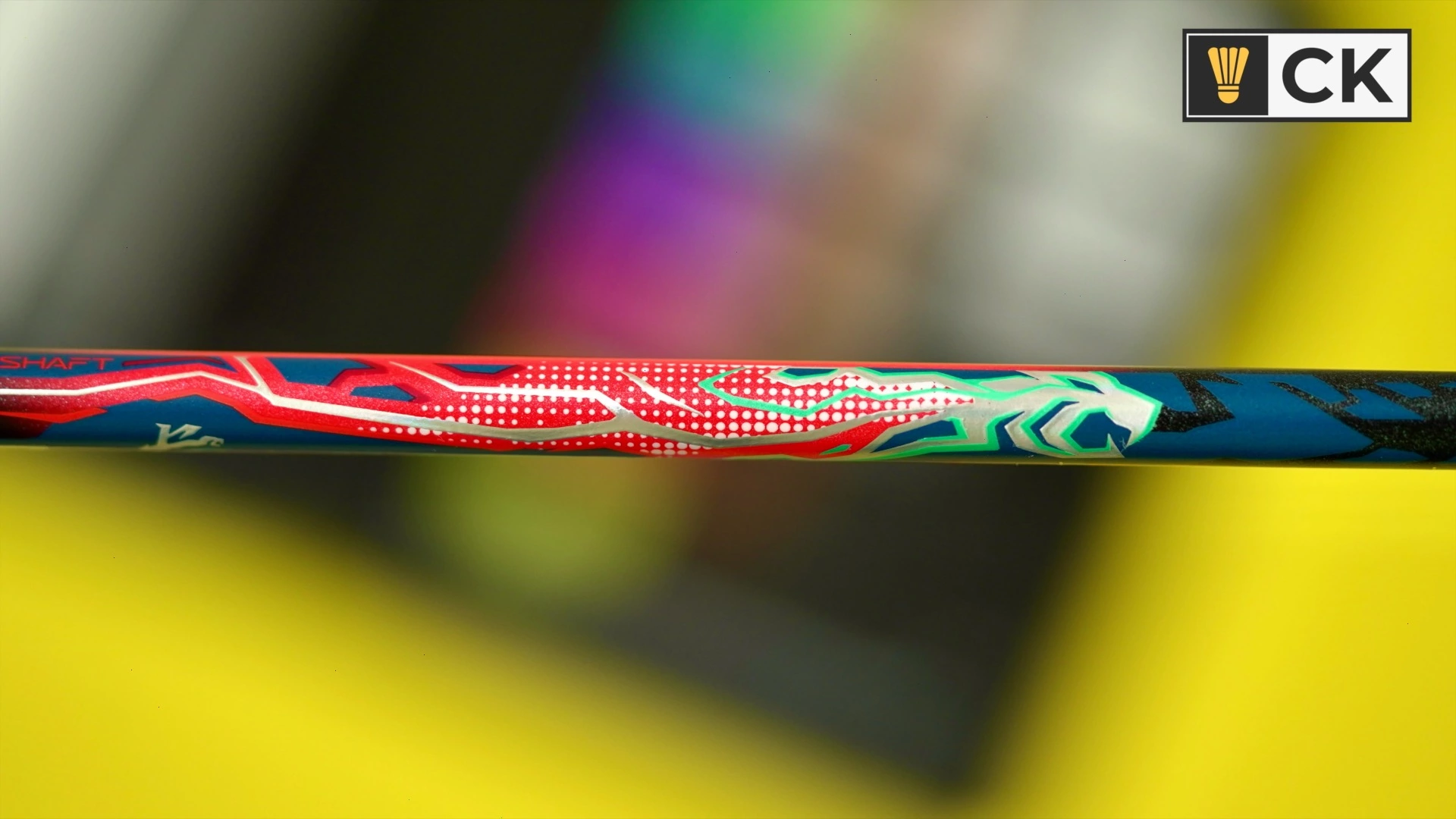
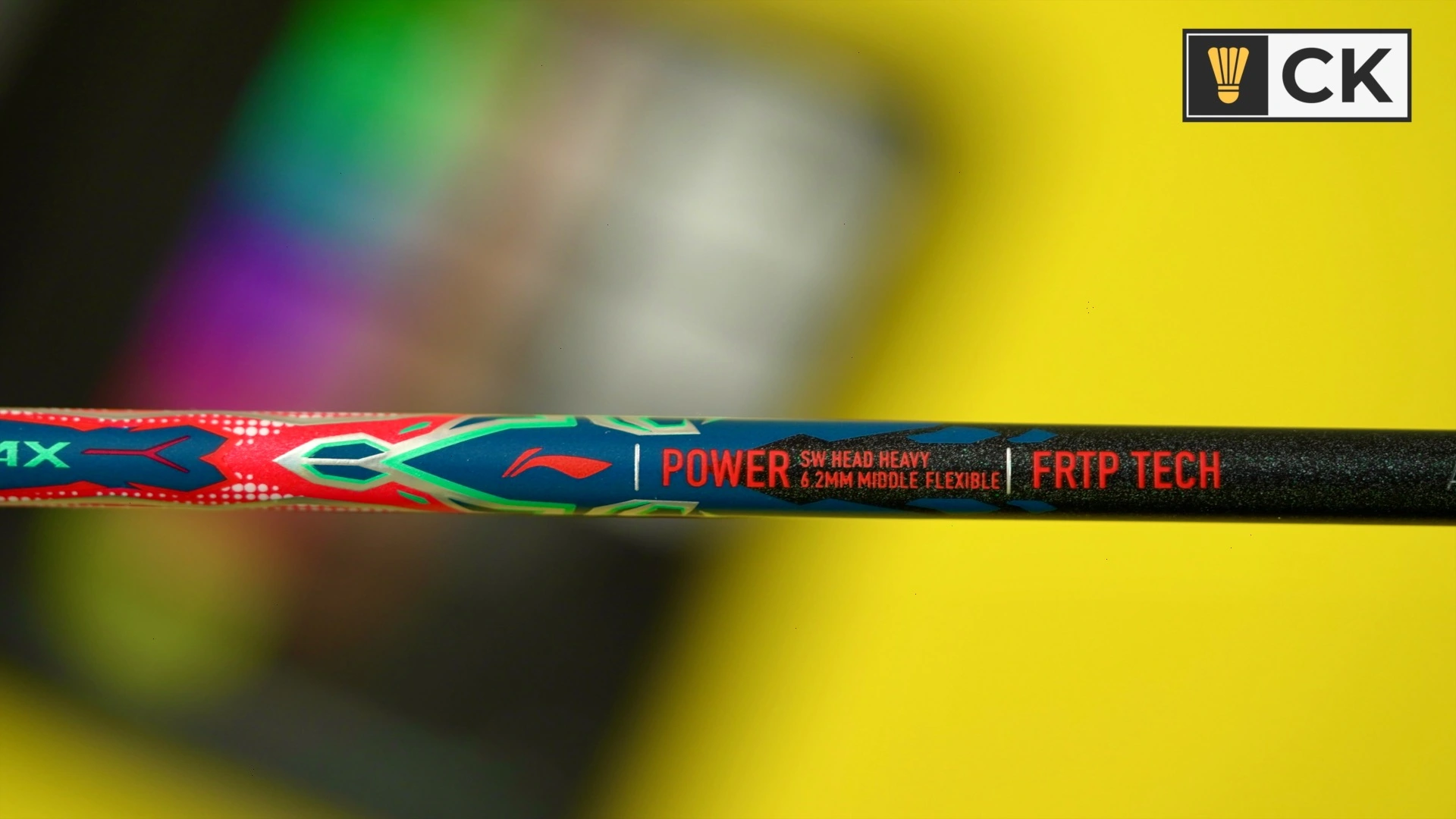
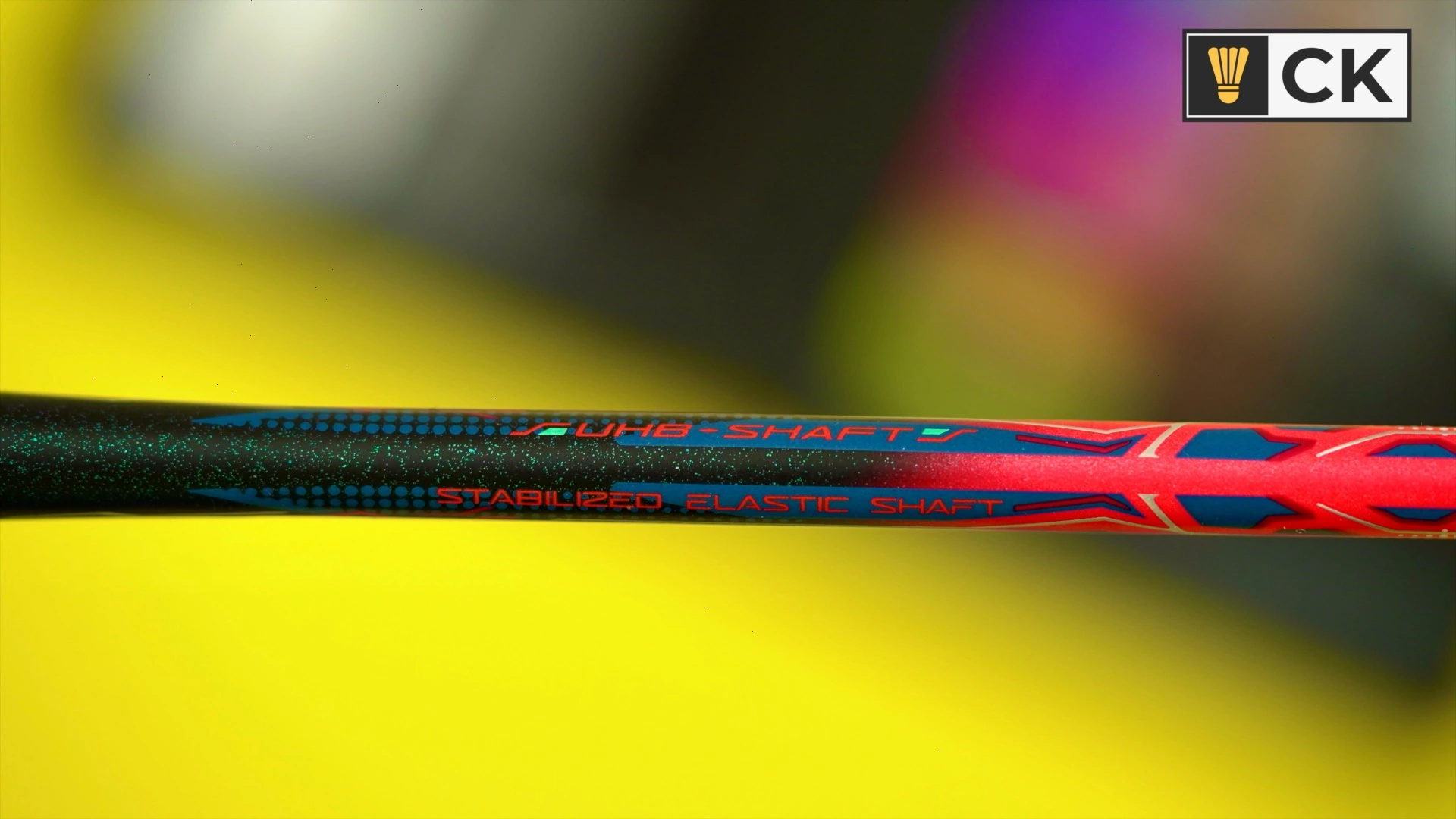

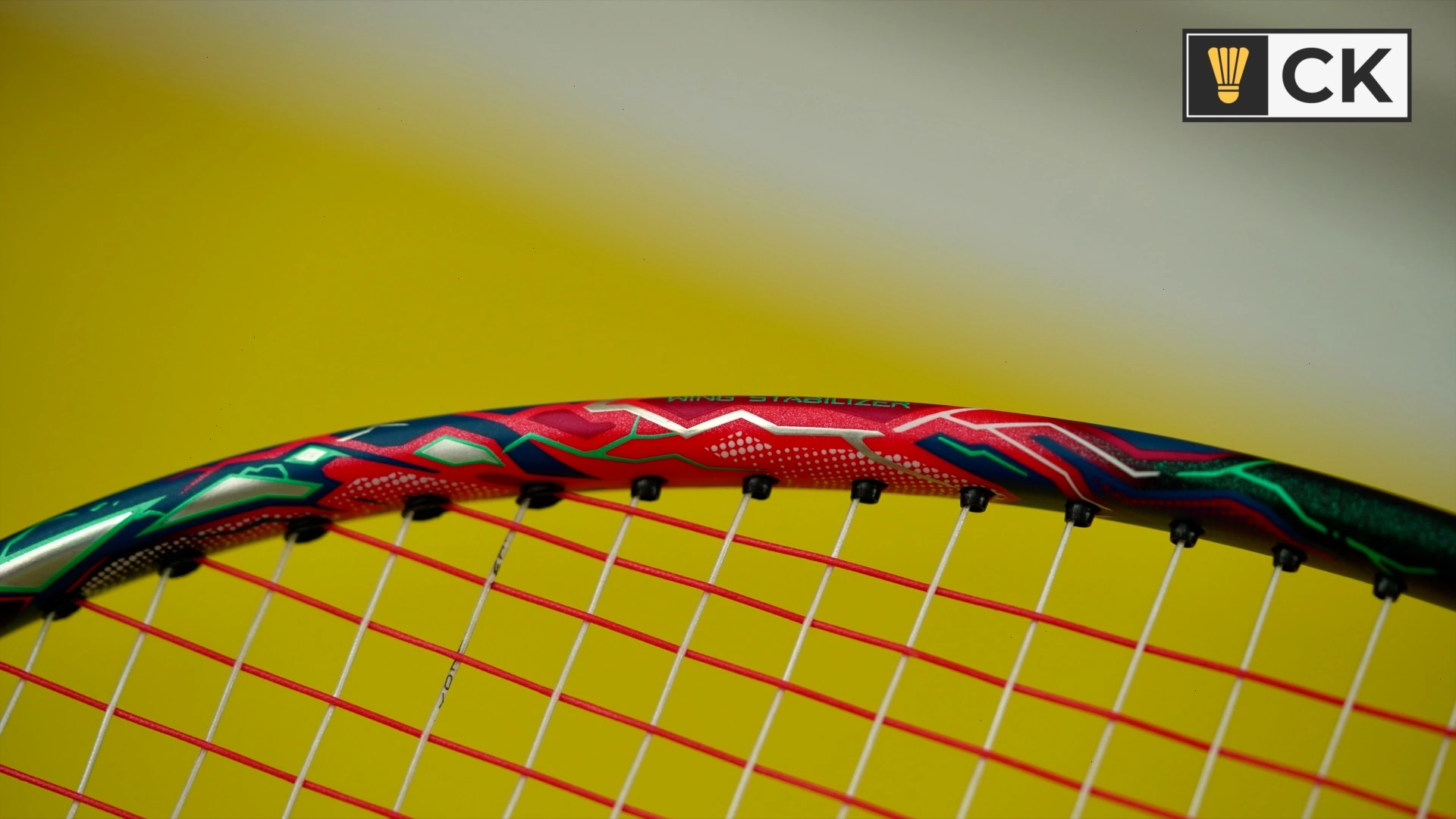
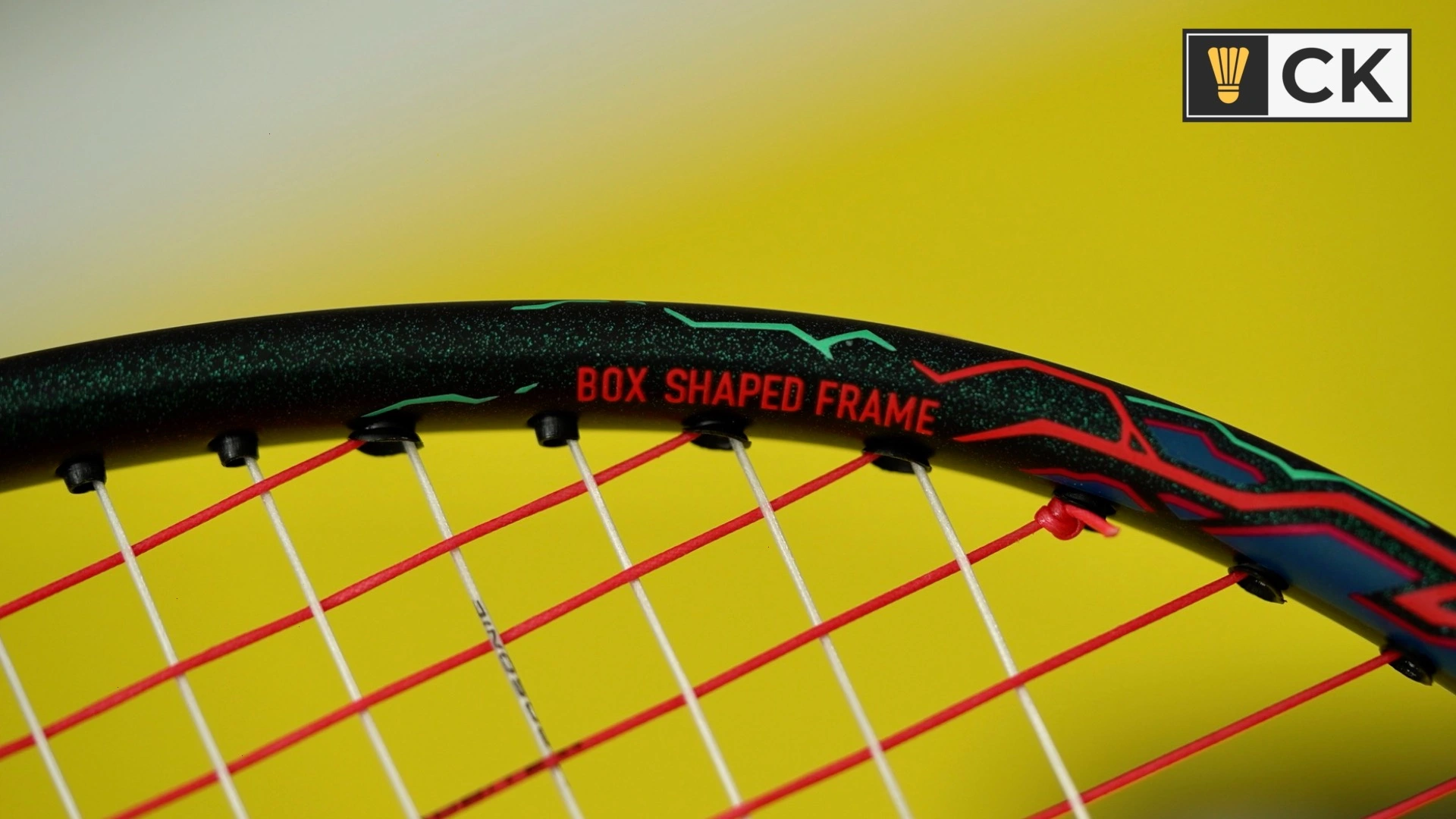
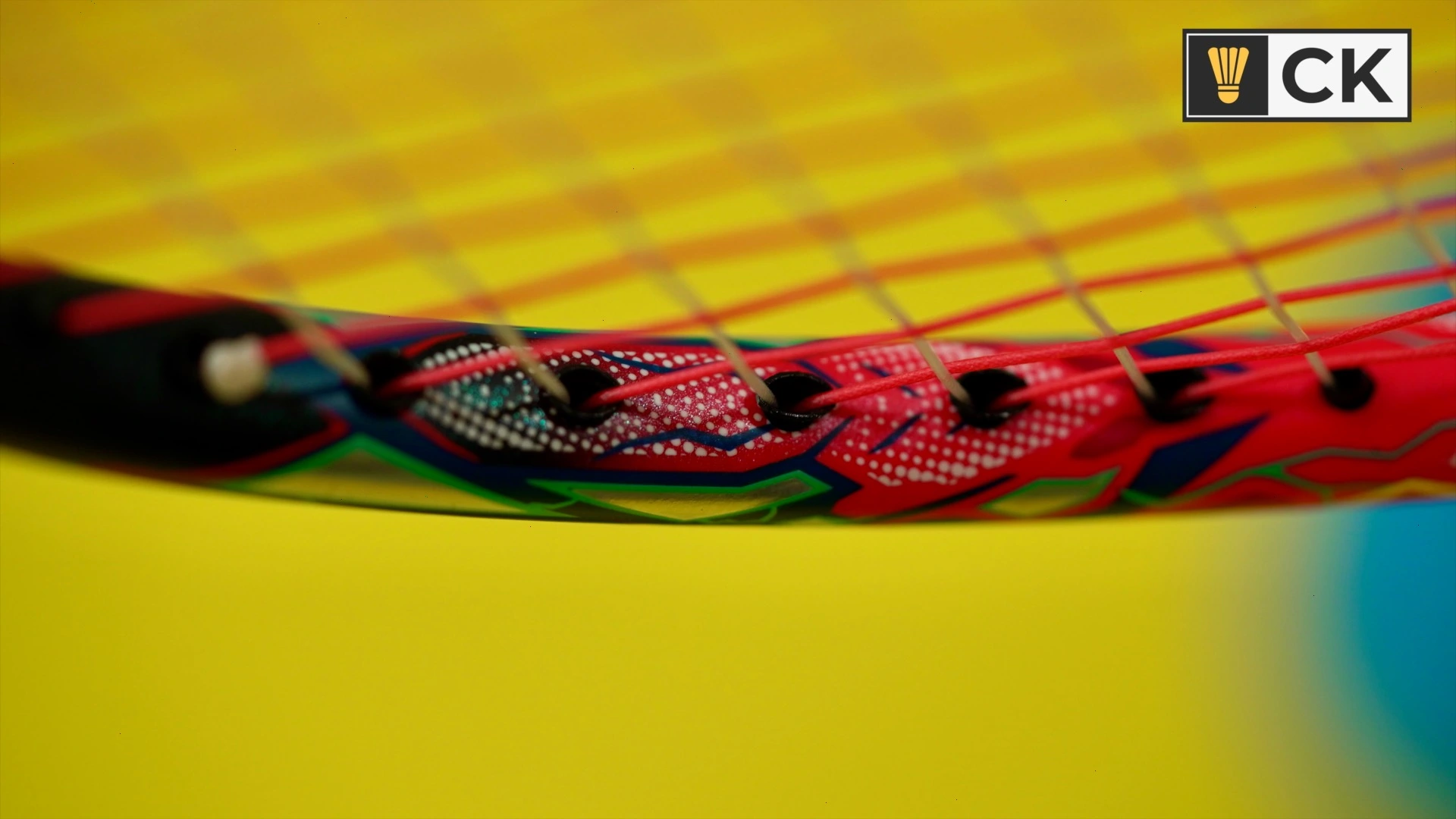
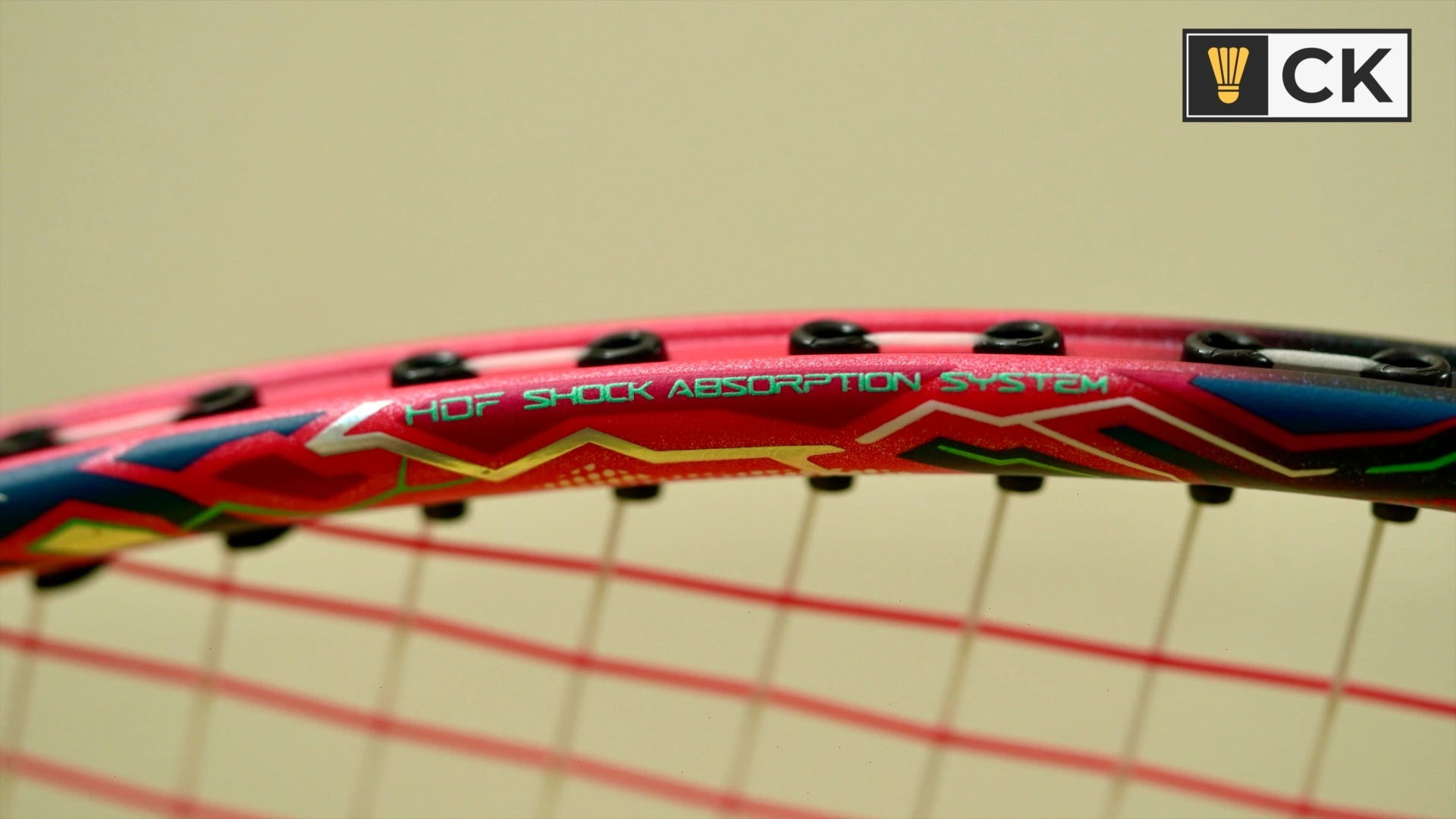
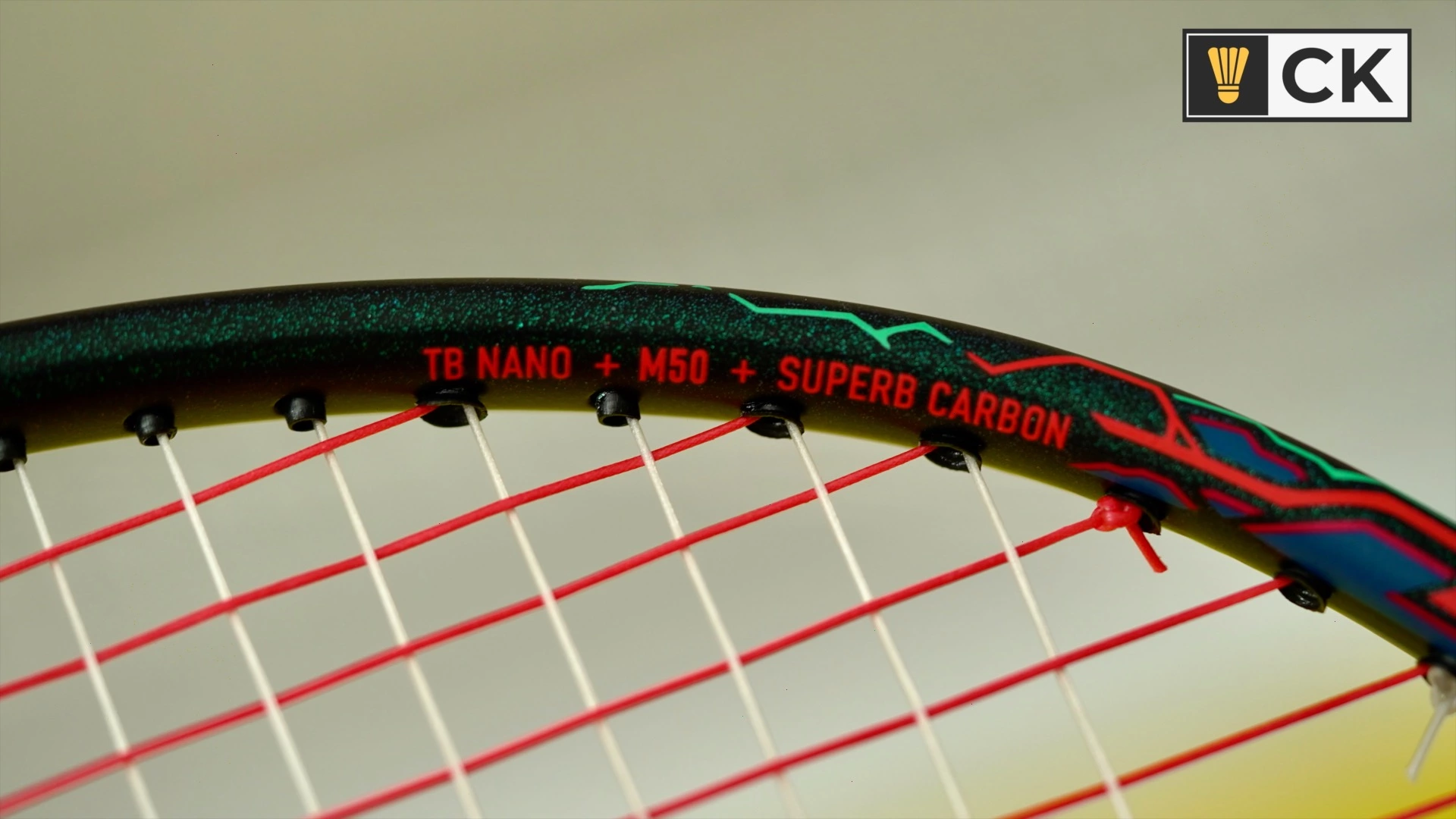
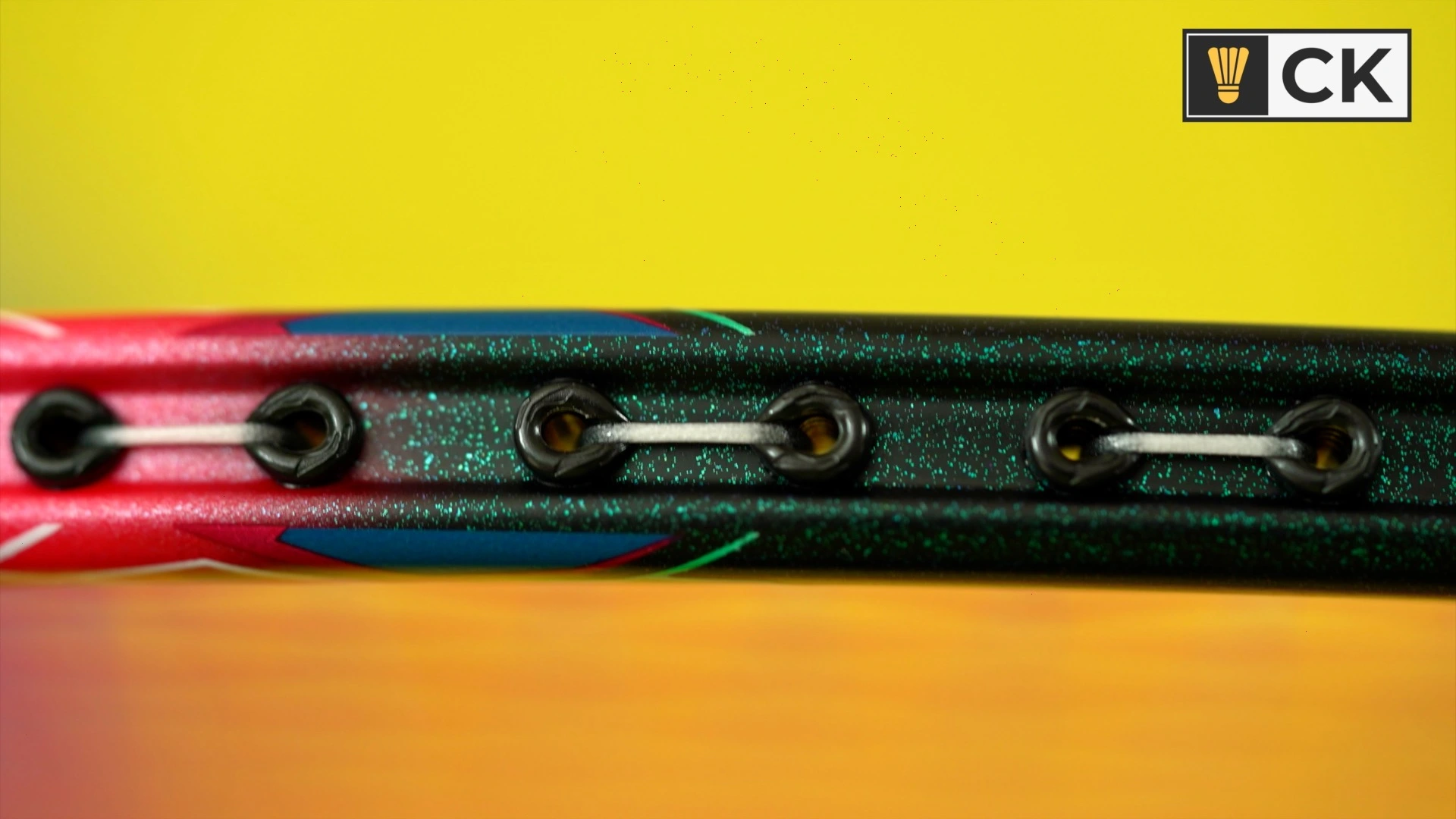
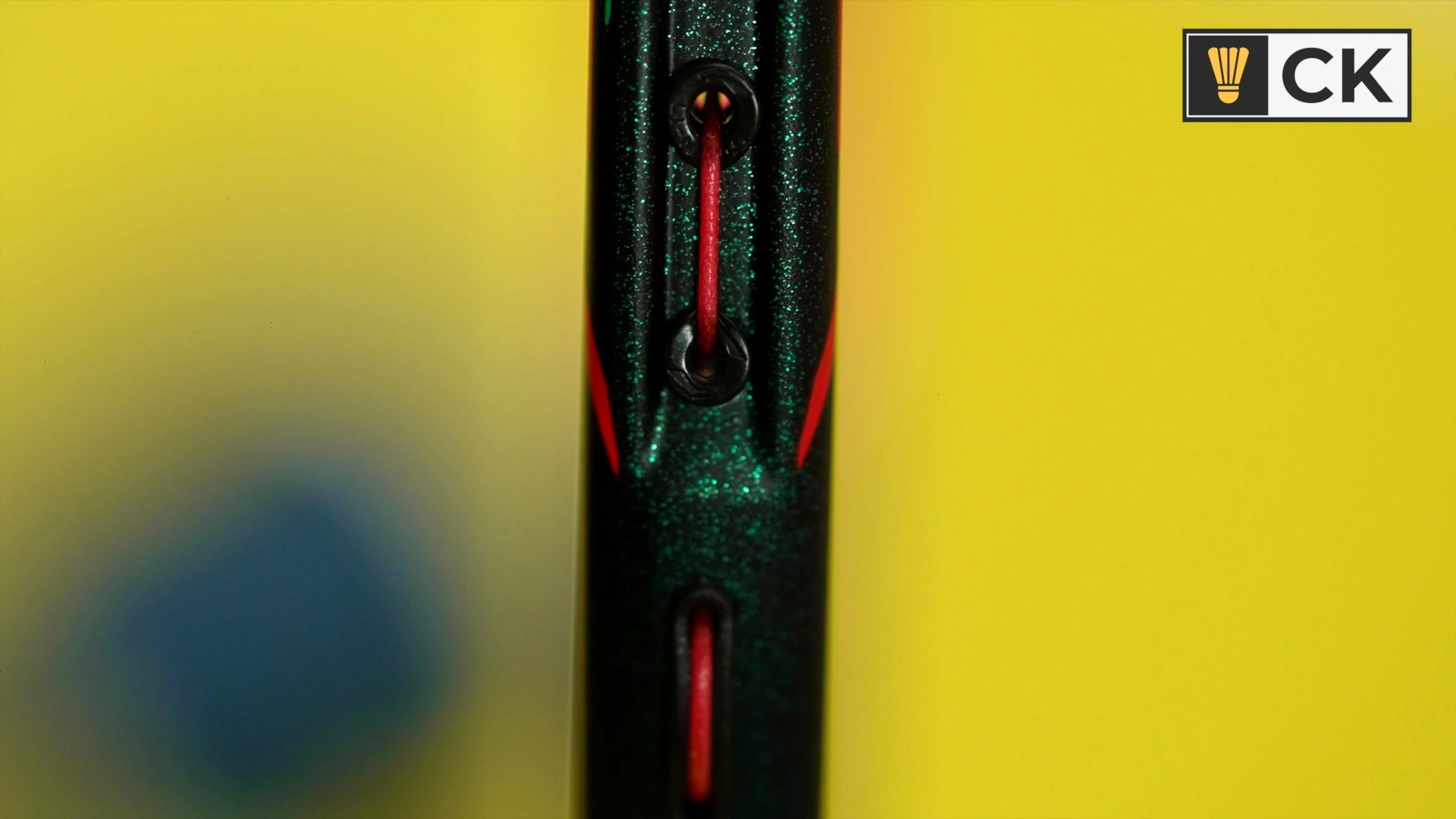
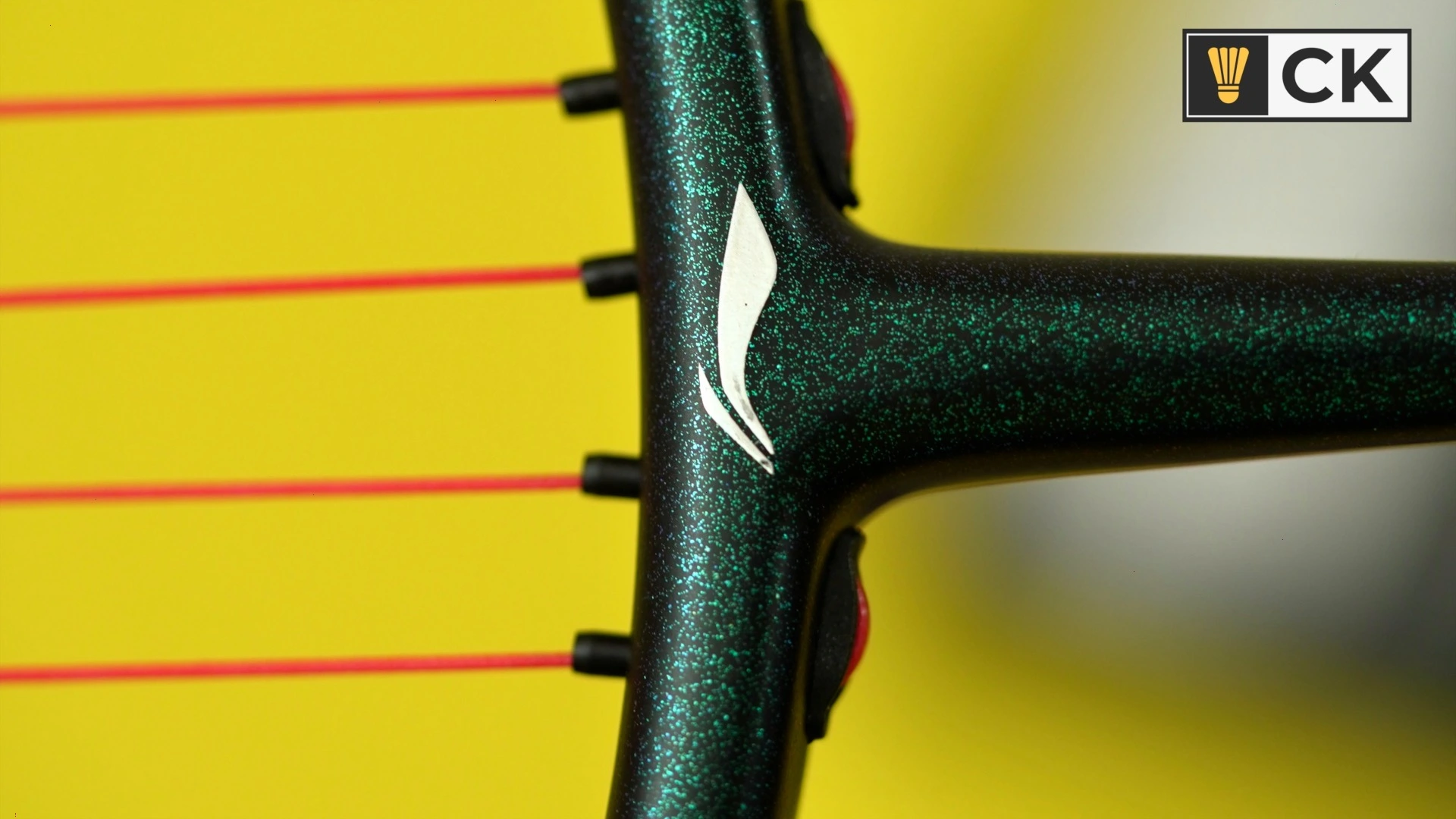
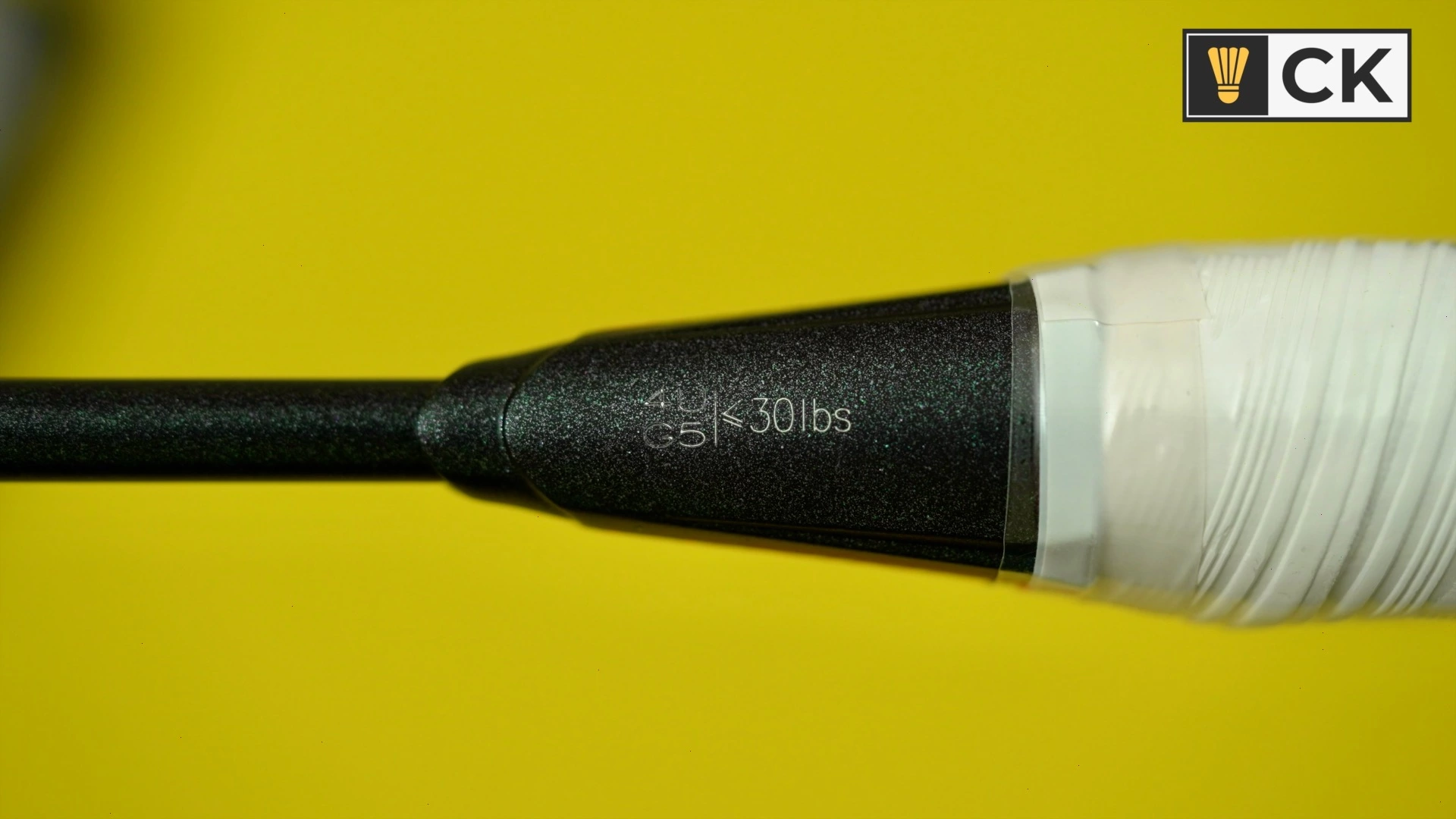
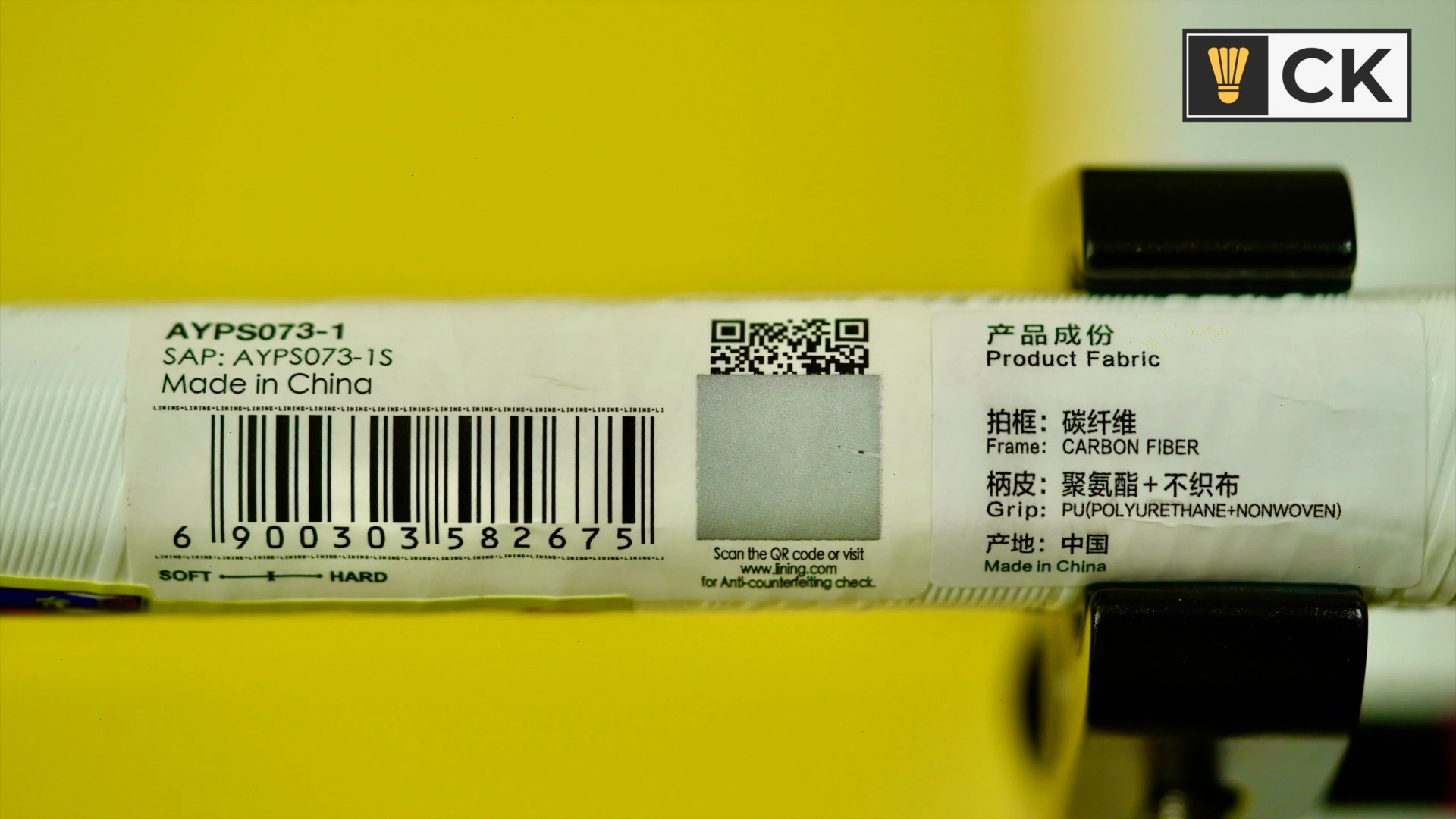
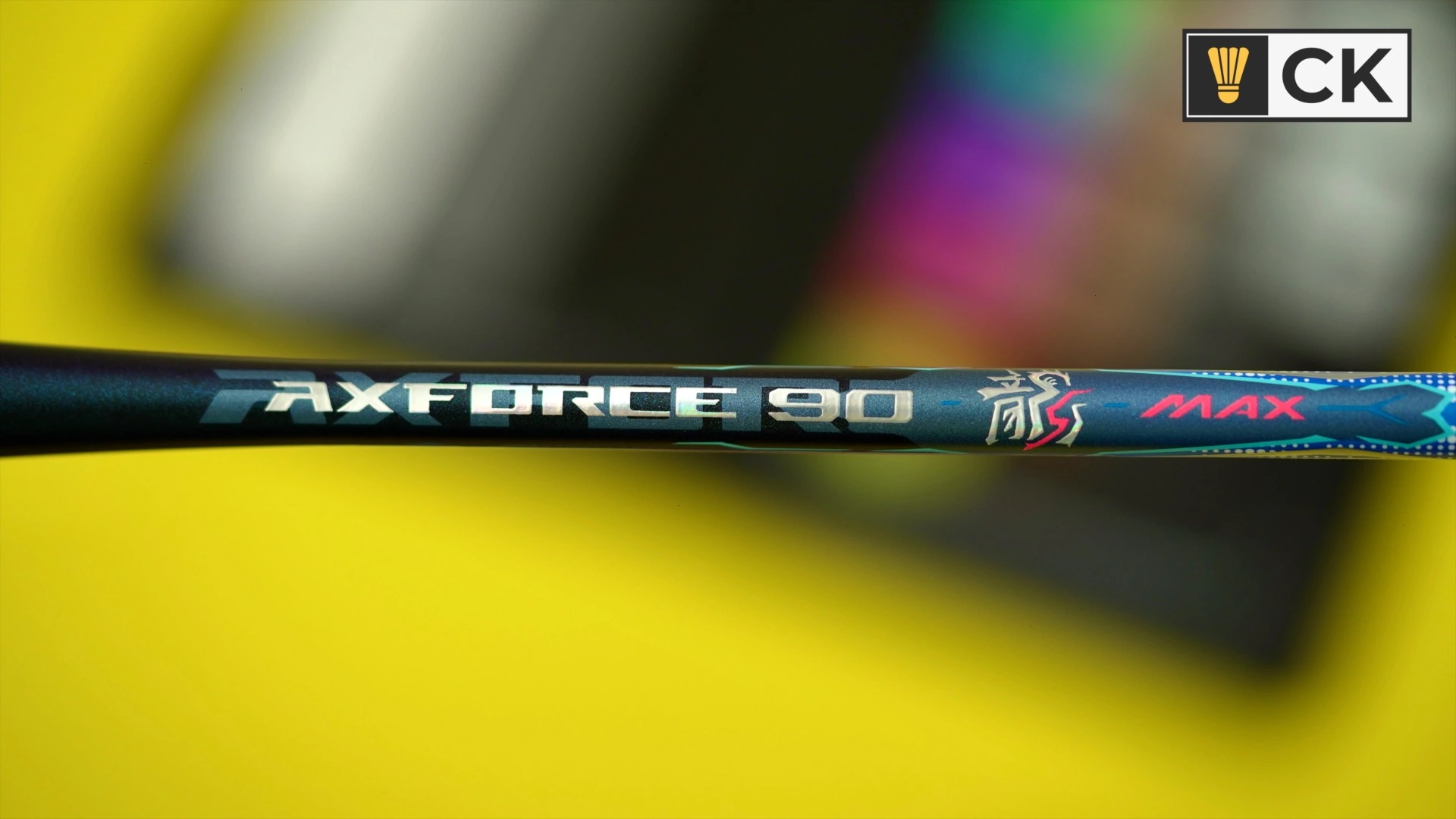
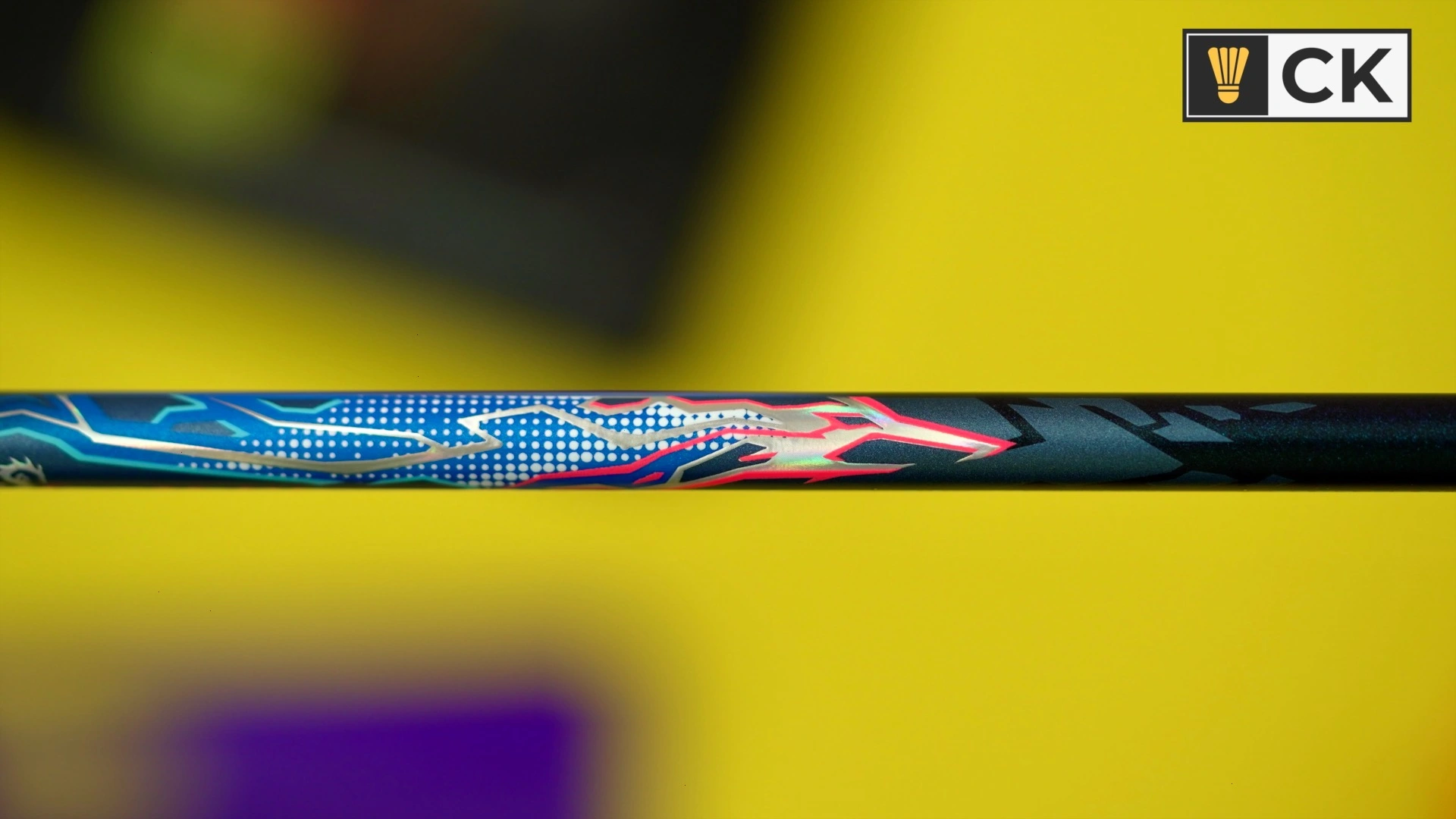
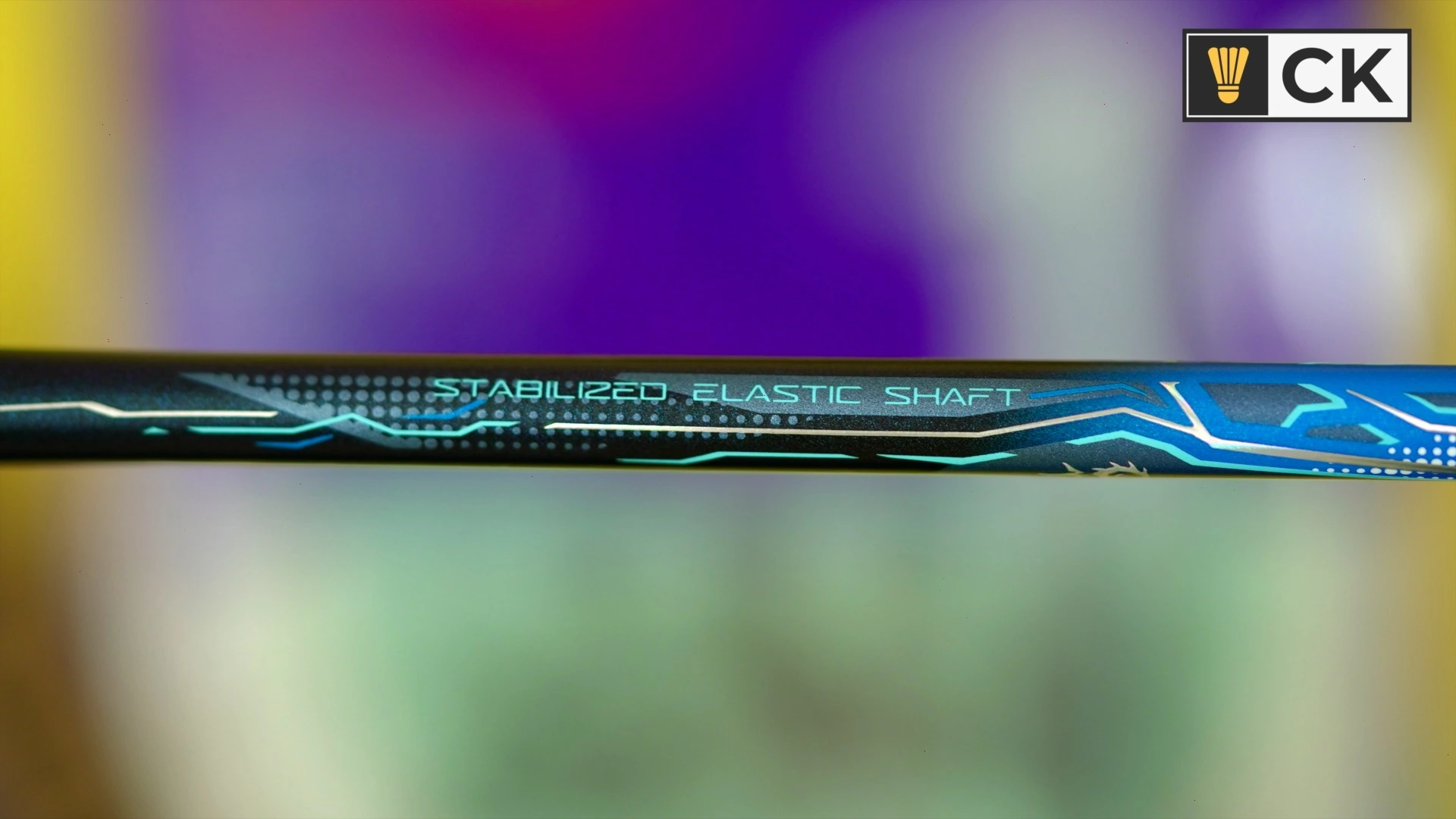
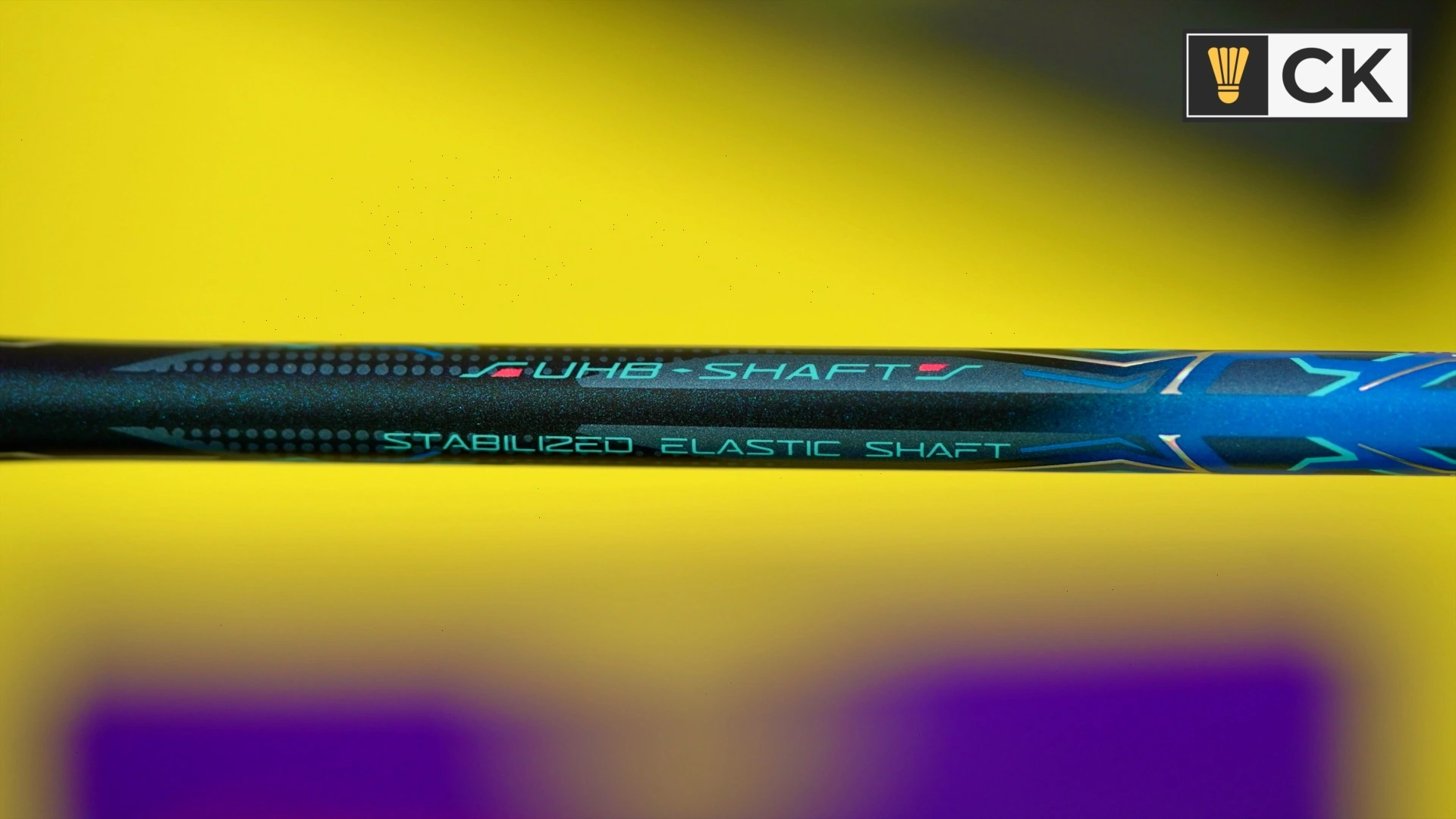
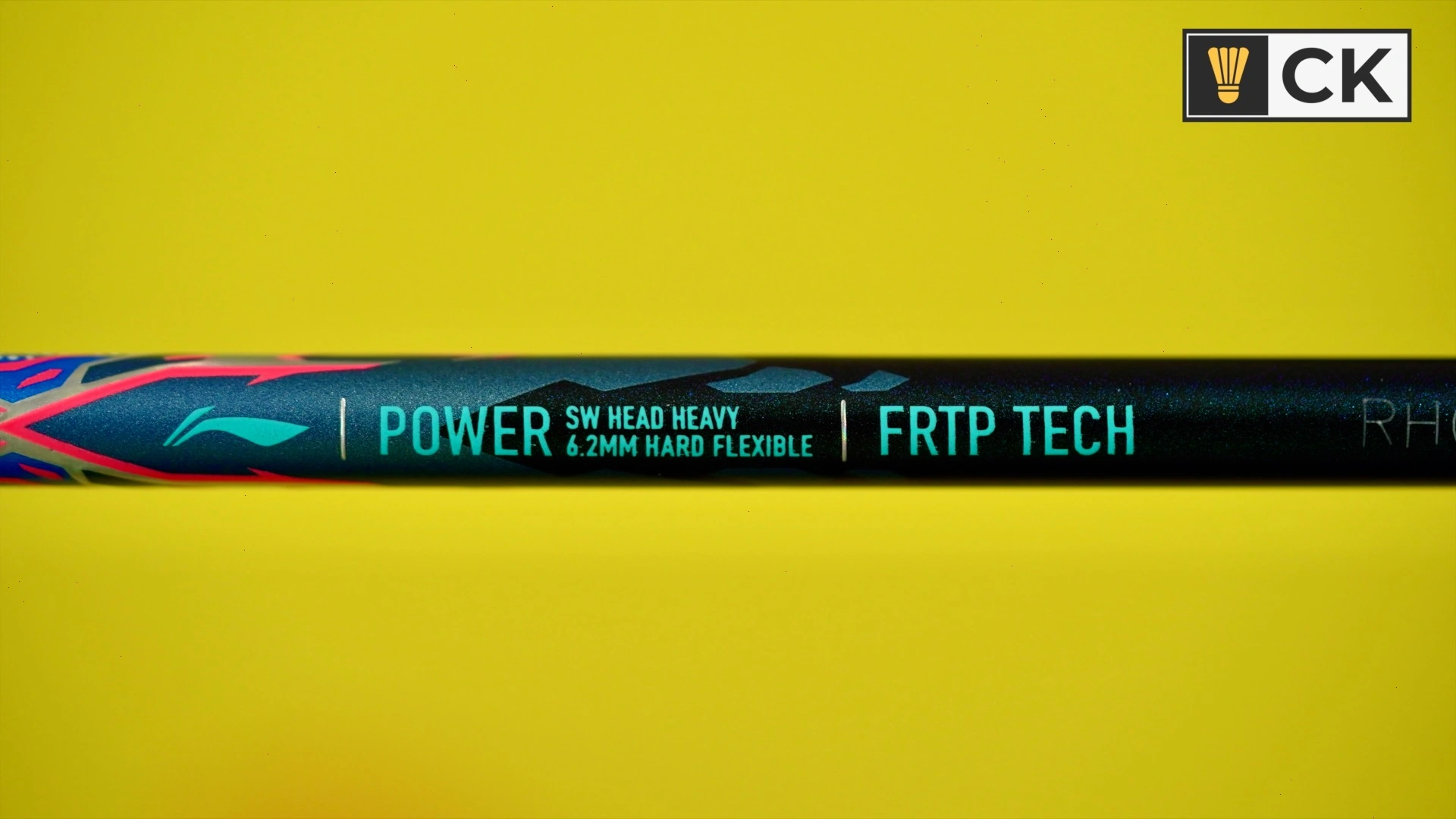
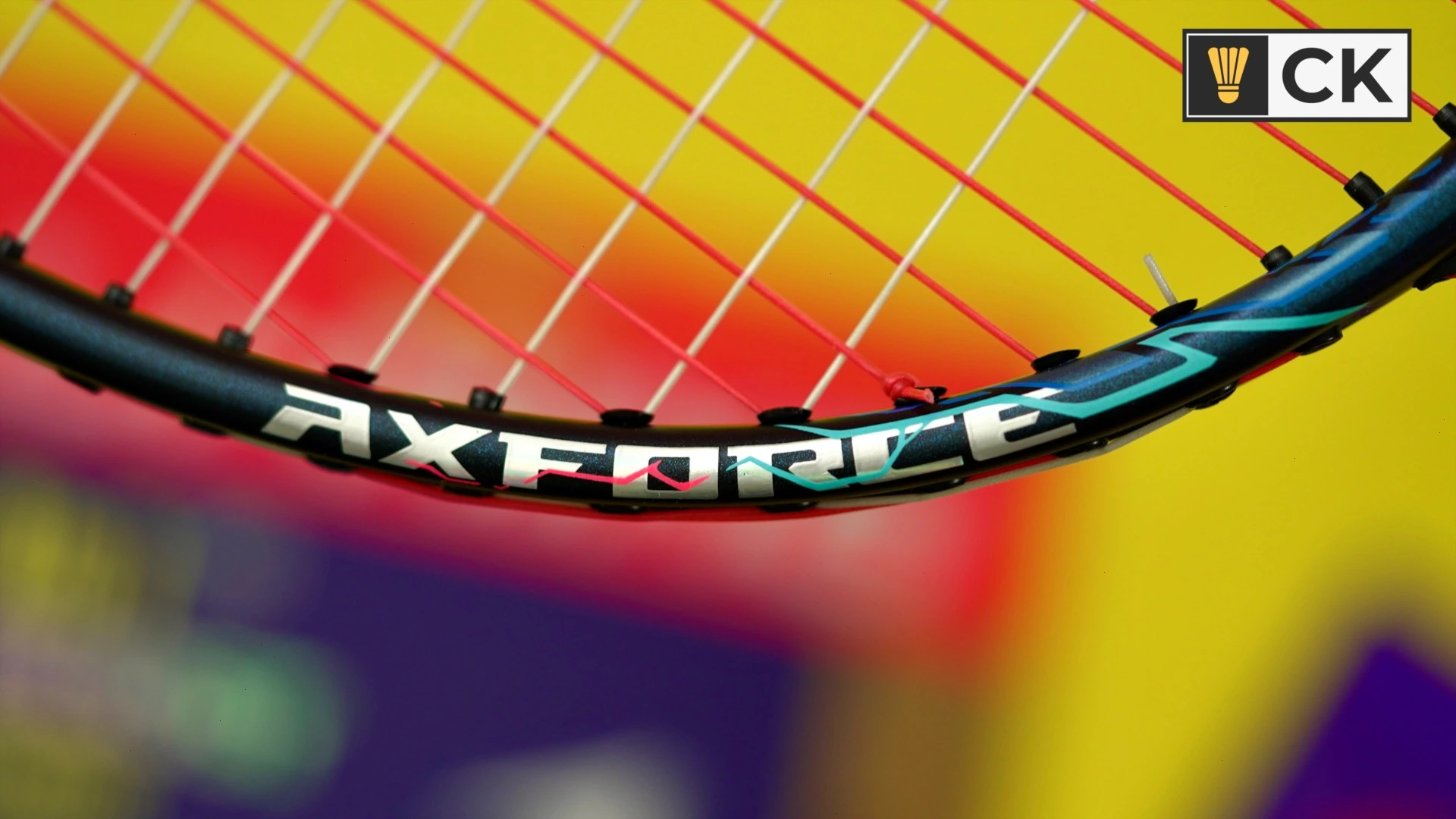
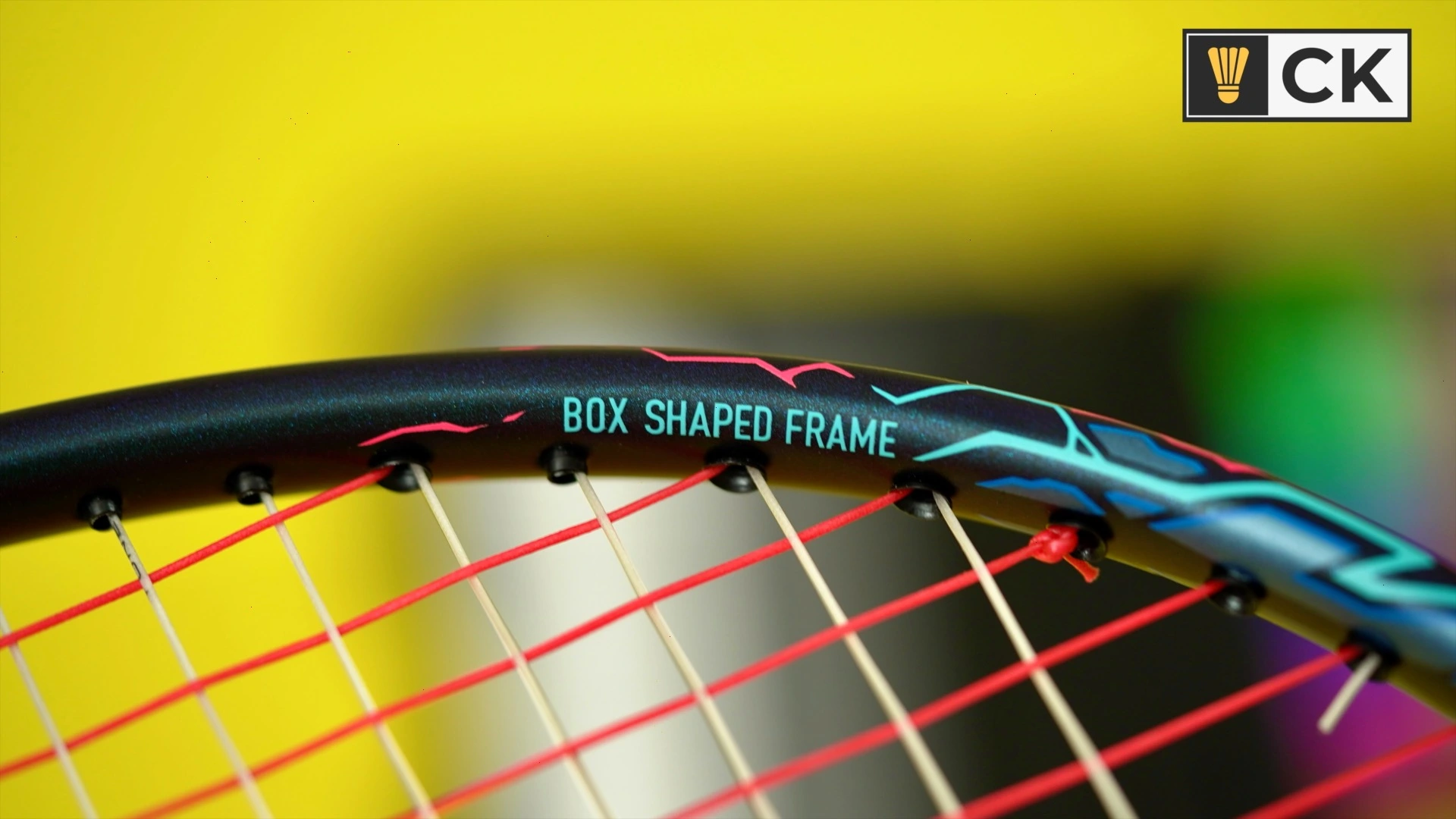
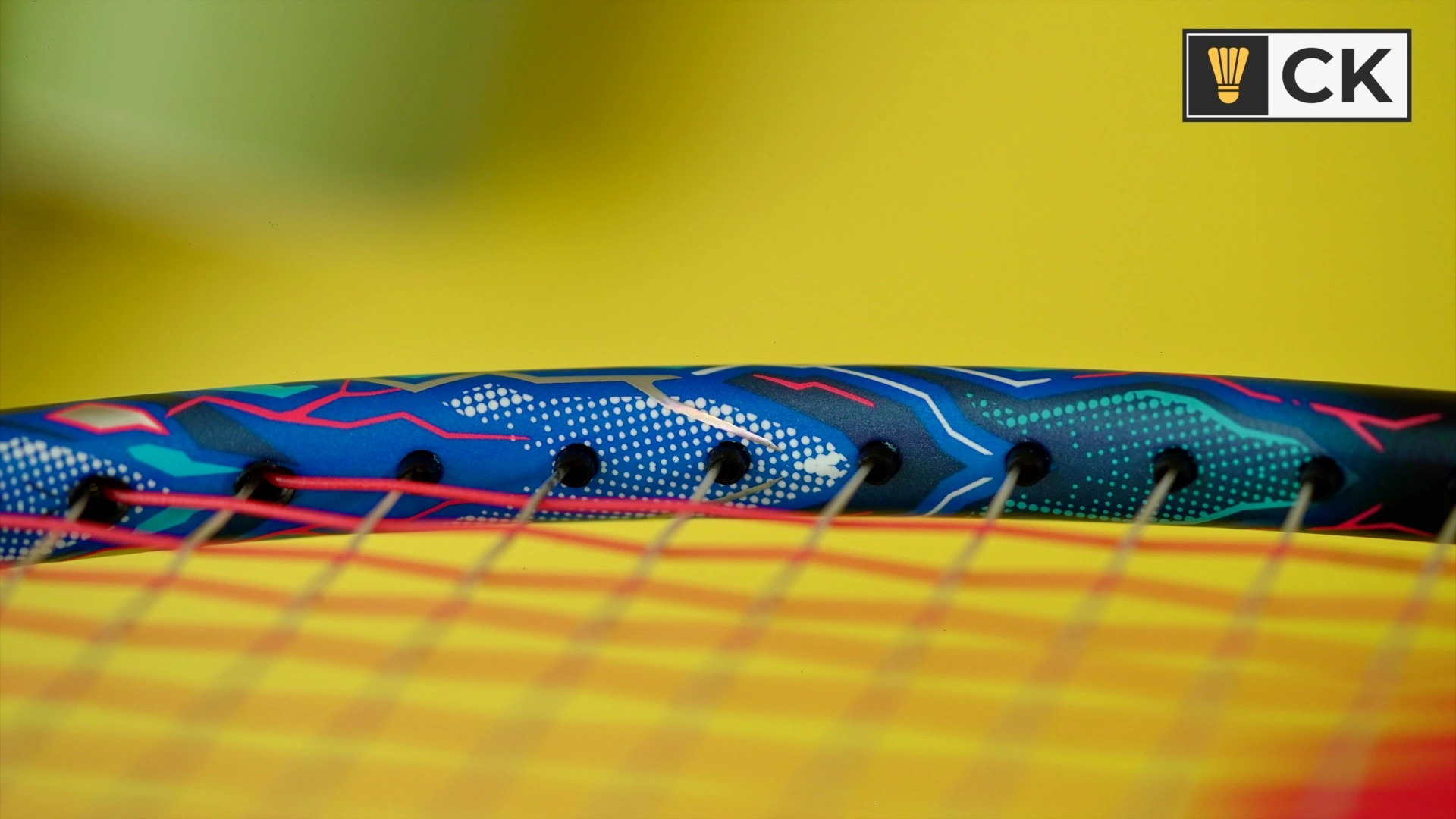
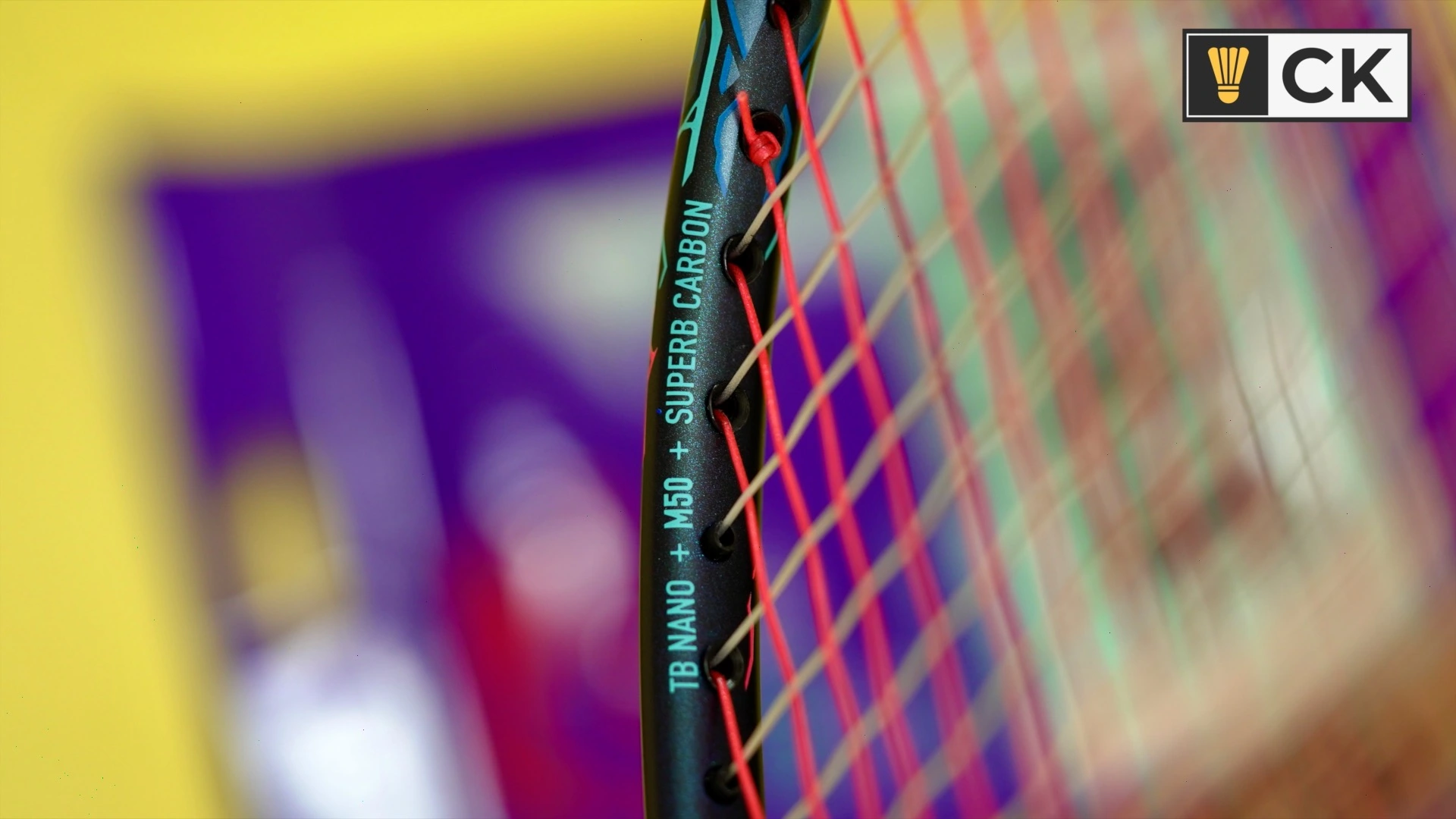
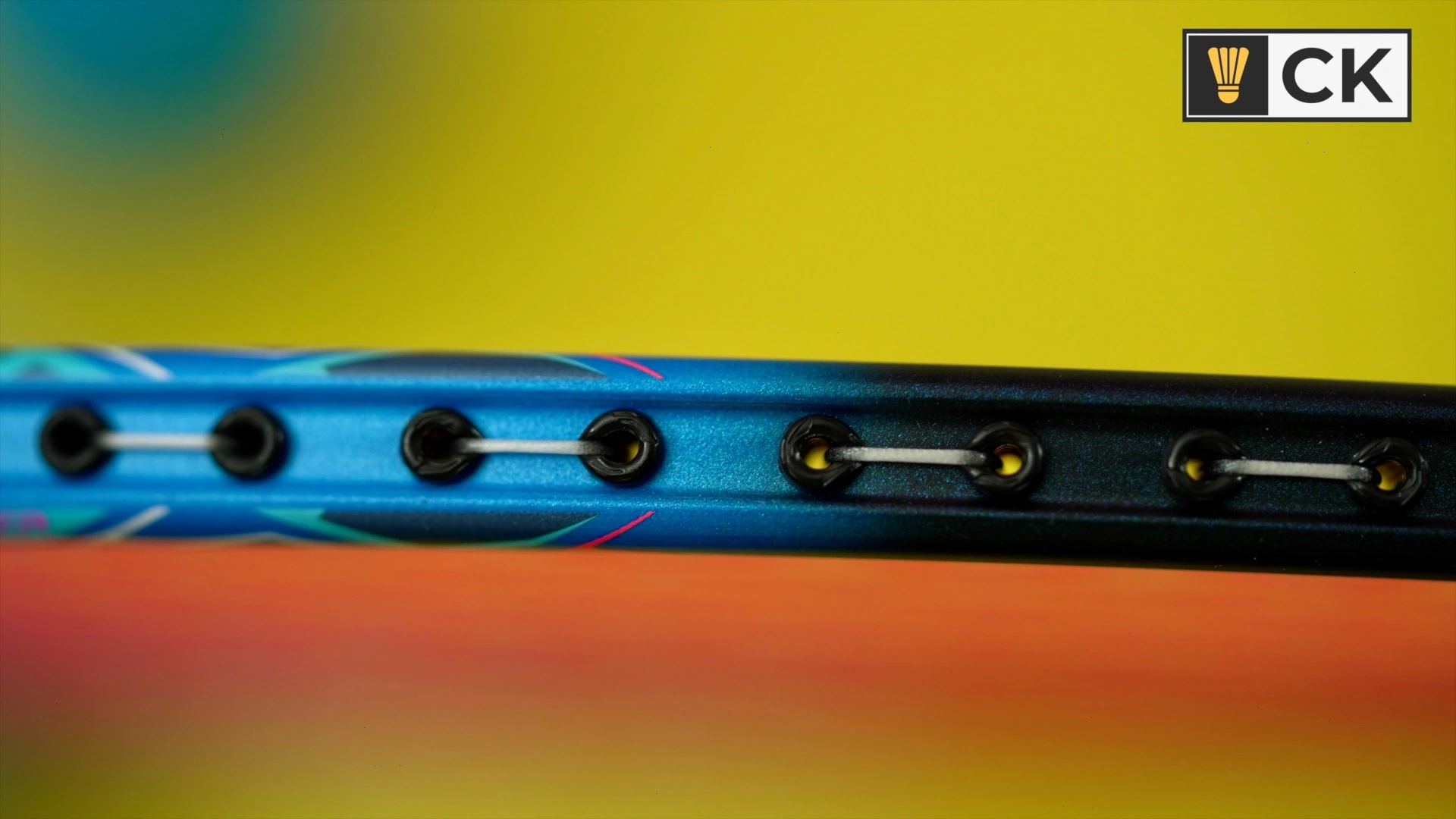


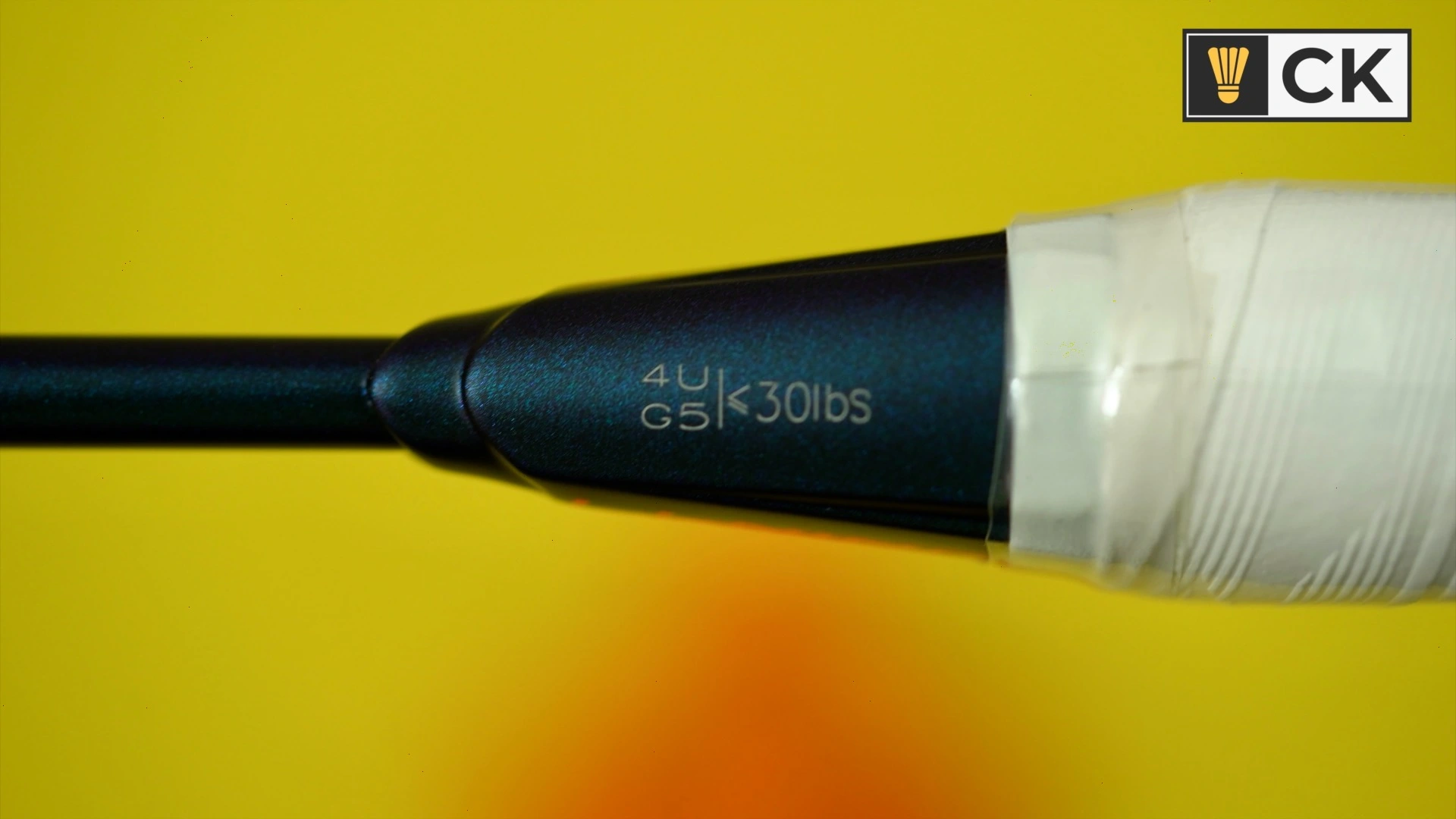
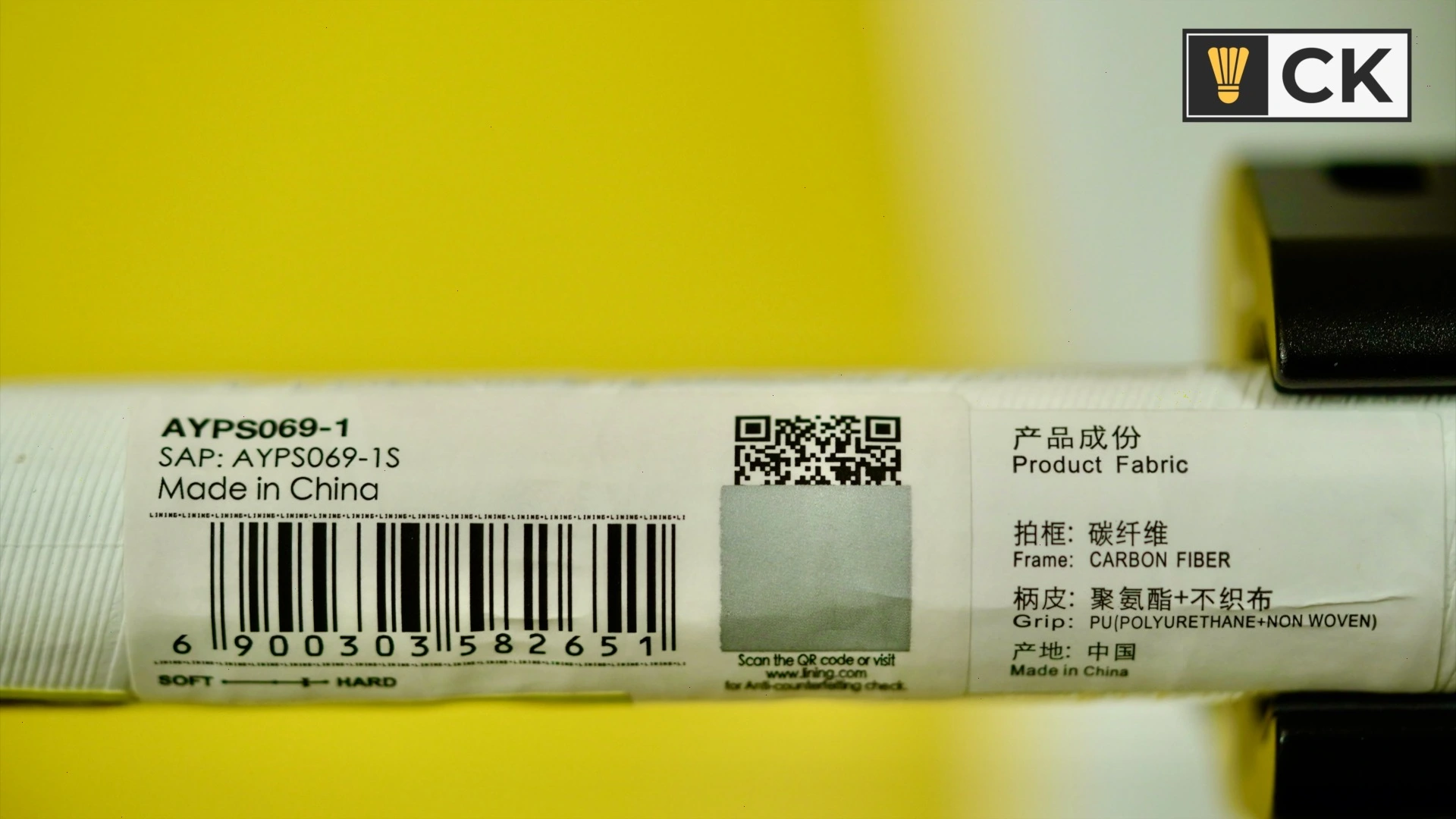
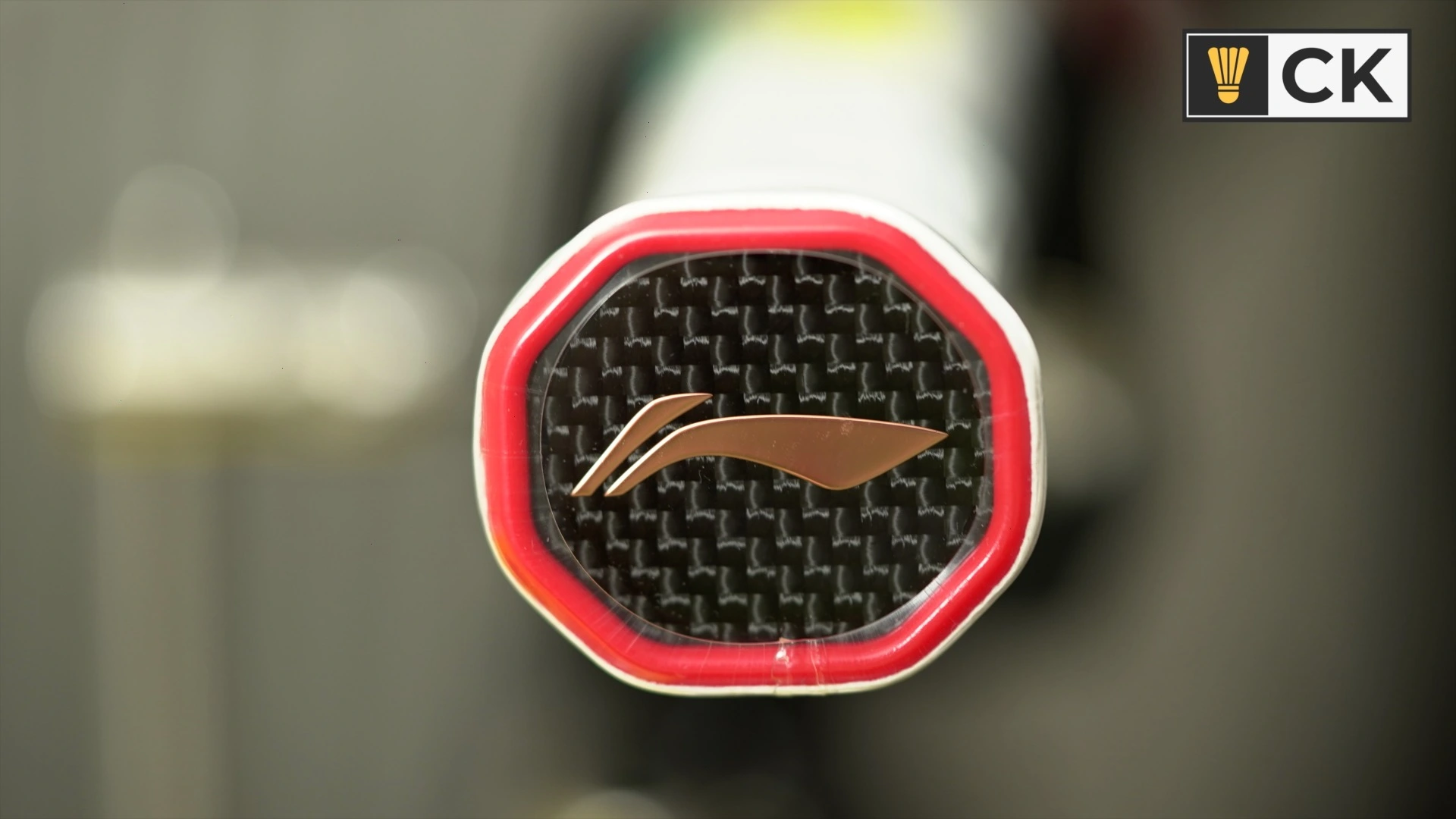
Comments